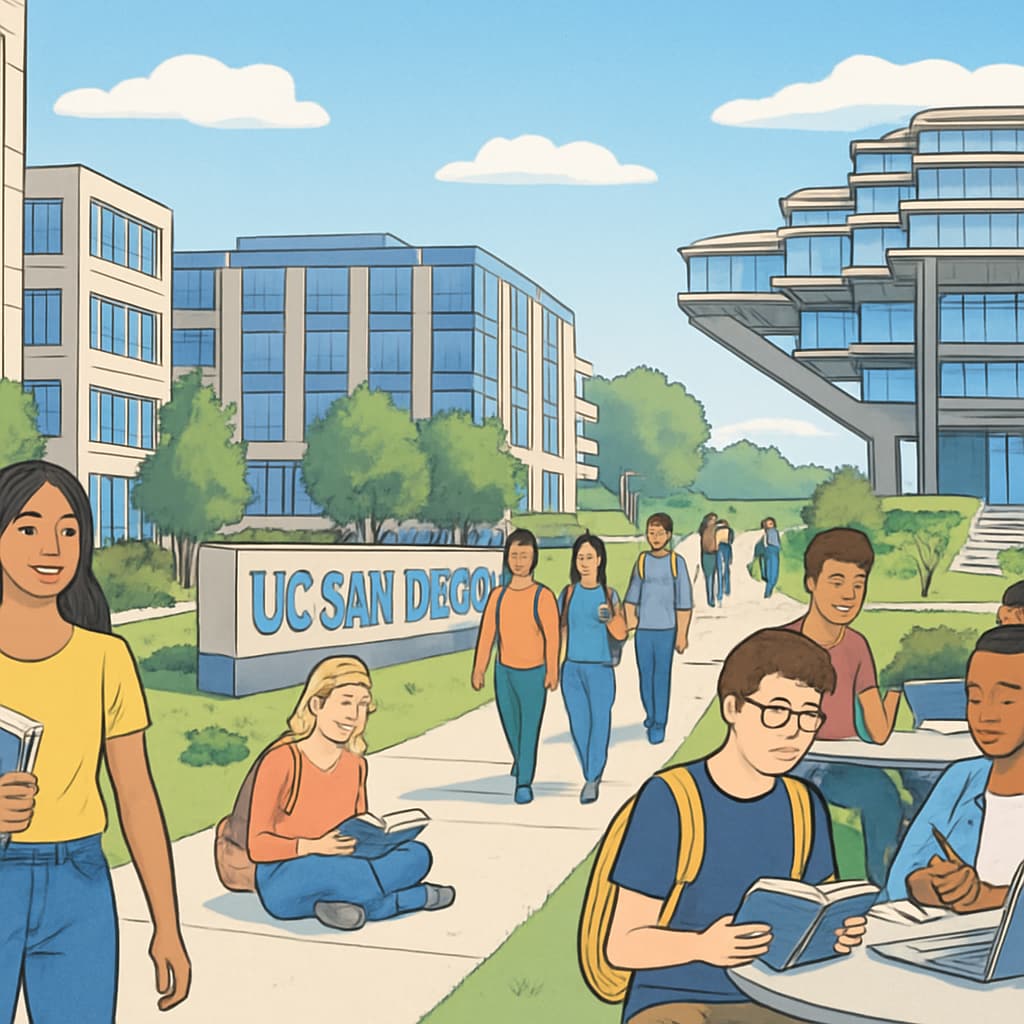The University of California, San Diego (UC San Diego) has unveiled an ambitious expansion plan to significantly increase student enrollment. This major initiative not only shifts the landscape of higher education but also poses critical implications for K-12 education systems. Parents, students, and educators must anticipate the ripple effects of this expansion and reconsider their strategies for college preparation and personal growth. This article explores the transformative potential of UC San Diego’s expansion while offering actionable insights for adapting to this rapidly changing educational environment.
How UC San Diego’s Expansion Redefines Higher Education
UC San Diego’s decision to increase its student capacity reflects broader trends in higher education. Institutions across the nation are striving to meet growing demand for accessible, high-quality education. This expansion plan includes building new facilities, hiring additional faculty, and enhancing infrastructure to accommodate a larger and more diverse student body.
For families, this signals a need to reconsider college selection strategies. While increased enrollment could improve admission rates, it may also heighten competition among applicants. As a result, students and parents must prepare for a dynamic admissions landscape that prioritizes academic excellence, extracurricular achievements, and personal narratives.

Implications for K-12 Education
UC San Diego’s enrollment expansion will inevitably influence K-12 education systems. As more students aspire to attend prestigious universities like UC San Diego, high schools may face increased pressure to offer advanced placement (AP) courses, dual enrollment programs, and college counseling services. These changes will require schools to allocate additional resources to support competitive college applications.
Furthermore, this shift underscores the importance of early academic planning. Middle and high school students should focus on building strong foundations in STEM (science, technology, engineering, and mathematics), humanities, and the arts. Parents and educators must encourage students to participate in extracurricular activities that align with their interests while fostering leadership and community involvement.

Strategies for Students, Families, and Educators
To thrive in this evolving educational landscape, students, parents, and educators must adopt proactive strategies. Below are some key recommendations:
- Emphasize Holistic Development: Encourage students to balance academics with extracurricular activities that showcase their passions and leadership skills.
- Stay Informed: Regularly review updates from UC San Diego and other universities to understand changing admissions criteria and trends.
- Invest in College Counseling: Access to professional guidance can help students navigate the complexities of college applications.
- Focus on STEM and Humanities: Build diverse skill sets to align with UC San Diego’s emphasis on interdisciplinary education.
In addition, educators should collaborate with universities to understand their expectations and align high school curricula accordingly. Workshops, career counseling events, and partnerships with higher education institutions could further bridge the gap between K-12 and university systems.
Challenges and Opportunities in the New Educational Era
While UC San Diego’s expansion promises greater access to higher education, it also presents challenges. Increased enrollment could strain resources, potentially impacting the quality of education and campus life. On the other hand, this initiative creates opportunities for students from underrepresented communities to access world-class education, fostering diversity and inclusion.
For K-12 schools, adapting to this new environment requires a careful balance between maintaining traditional teaching methods and integrating innovative approaches. Leveraging technology, such as online learning platforms, can help schools meet the rising demand for advanced academic programs.
Ultimately, UC San Diego’s expansion plan serves as a wake-up call for the entire education ecosystem. It highlights the need for collaboration between K-12 and higher education stakeholders to prepare students for a future defined by rapid change and endless possibilities.
Readability guidance: This article uses short paragraphs and clear transitions to ensure accessibility. Key points are summarized in lists, and technical terms are explained for clarity.


